GEOFFREY WILLS

Collecting Copper
and Brass
Drawings by A. J. TURVEY

PRINTED IN GREAT BRITAIN
Acknowledgements
Thanks are due to the following for kindly allowing the reproduction of photographs: the Earl of Mount Edgcumbe for .
Contents
Part Two: A dictionary of articles made from copper
and its alloys
Foreword
ARTICLES have been made from copper and its alloys for many thousands of years, and there seems every probability that they will continue to be so made for thousands more. In this book an attempt is made to describe as many of them as possible, to give the reader an idea of how copper is obtained and treated for manufacture, and to outline the history of the use of the metal in numerous countries.
Some of the quotations from old books and newspapers have been modernized in spelling and punctuation to make it easier to follow what are, without doubt, the most interesting and helpful descriptions of eighteenth century and earlier events and processes.
PART ONE

Copper and its alloys
CHAPTER ONE
Mining and manufacture
COPPER is an element, in the words of the Oxford Dictionary: One of the simple substances of which all material bodies are compounded. It was known to the ancient alchemists by the sign of the planet Venus,  , and its name comes from the Roman Cyprium aes: bronze from Cyprus, an island once noted for supplies of the metal. It is found occasionally pure, when it is known as Native or Virgin Copper, and in the form of a number of minerals, and it was almost certainly the first metal known to Man.
, and its name comes from the Roman Cyprium aes: bronze from Cyprus, an island once noted for supplies of the metal. It is found occasionally pure, when it is known as Native or Virgin Copper, and in the form of a number of minerals, and it was almost certainly the first metal known to Man.
Copper is obtainable not only by mining, but it can be precipitated in the presence of iron. There are a number of springs suitable for this in different parts of the world, and two of them in Hungary are referred to by an author writing about 150 years ago. He said that these particular waters are so richly impregnated with copper and sulphuric acid, that iron thrown into them is dissolved by the acid, and the copper falls to the bottom in its metallic form. Near these springs, pits are dug, and filled with the water: old iron is then thrown into them, which, in about a fortnight or three weeks, is taken out, and copper scraped off. By this process, a hundred pounds of iron will produce from eighty to ninety pounds of copper. Credulous people thought at that time that the iron was actually transmuted into copper. Pure copper will form also under other conditions, and mines that have been abandoned and re-opened after an interval are found sometimes with their woodwork encrusted heavily with crystals of the glittering reddish metal.
The actual mining of copper ores was a much more troublesome business than throwing a piece of iron into water, and changed very little from the most primitive times until comparatively modern days. The processes of mining and smelting were described, and illustrated clearly with excellent woodcuts, by Agricola (a German named Georg Bauer, who wrote under the Latinized form of his surname) in a book published in 1556 called De re metallica. In it, he recorded all that was known at the time on the subject, and it is clear that not only was the actual mining a laborious process but the extracting of the metal from the ore was a series of slow and lengthy operations. It was costly in materials, and in human effort and life.
In England, by the seventeenth century the ores near the surface had become exhausted, and tunnelling below became necessary. Progress downwards was limited only by the efficiency of the apparatus for removing water that flooded in increasingly as the depth grew greater. As an eighteenth-century writer noted with truth: Copper being placed in the more interior strata of the earth, requires great skill in hydraulicks and mechanicks. Early pumps for this essential work were horse- or man-operated and very primitive in construction and action; not only were they poor in performance, but they took heavy toll of those working at them.
A typical machine was the so-called Rag and Chain Pump. This was no more than a heavy iron chain with lumps of rag and leather fixed to it at intervals, and these were pulled through a tube measuring anything up to twenty-two feet in length. The end of the tube stood in the water, and as the rag and leather pistons came up the tube, raised by means of the brute force of the men pulling at the chain, which was endless and ran round wheels at top and bottom, the water was brought up. A contemporary description of this crude device concluded as follows: The men work at it naked excepting their loose trowsers, and suffer much in their health and strength from the violence of the labour. The same writer noted that a four-inch diameter Rag and Chain Pump needed five or six men every six hours to draw water to a height of twenty feet, and that their pay could be reckoned at 2 or 2 10s per month.
Steam power was available from the early years of the eighteenth century, when Thomas Saverys engine, recommended by the inventor himself in a pamphlet entitled The Miners Friend, was built and used. It was an extremely uneconomical machine as it not only used great quantities of coal, but its water-raising power was limited severely by the pressure of steam generated. This, in turn, depended on the amount of heat applied to the boiler; which, if too great would melt the solder used in constructing this essential part of the apparatus. Saverys engine was superseded in due course by the introduction of that of Thomas Newcomen, which was an improvement in many respects but still required large quantities of fuel. For the Cornish copper mines, far from any coal fields, this was a great drawback, and even the fact that the government in 1741 allowed them their coal free of duty for working Fire Engines did not result in an immediate increase in their use.
It was not until James Watt invented his version of the steam engine, a big improvement on those of any of his predecessors, that a noticeable extension of mechanical power took place in the copper mines. Not only did this engine give increased power and greater reliability, but it did so on a markedly reduced consumption of coal. So much so, indeed, that Watt installed the engines on hire, with the rental based on a percentage of the saving of fuel compared with what one of the old engines would have consumed to do the same amount of work.
After the ore had been brought to the surface it was sorted and crushed, and then awaited purchase by the smelters. Apart from occasional unsuccessful enterprises in other parts of England this was a distinct section of the metal trade, and was centred on South Wales from about 1720. There, principally in the Swansea district, with ample supplies of coal near at hand, and the Midlands metal-goods manufacturers equally accessible, it stayed and prospered for a century and a half. Earlier, the ore had been smelted on a small scale with charcoal as fuel, but an increasing scarcity of timber led to experiments in the use of coal. The actual smelting of the ore consisted of a series of roastings and re-roastings to drive-off and separate impurities; which included sulphur, arsenic, antimony and iron. The resulting product was a block or plate of pure copper, or of copper as pure in content as the knowledge of the time could make it.
Next page



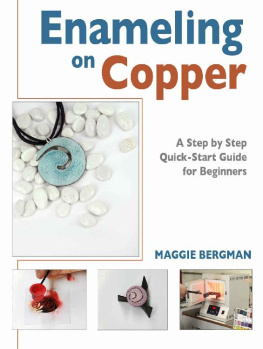
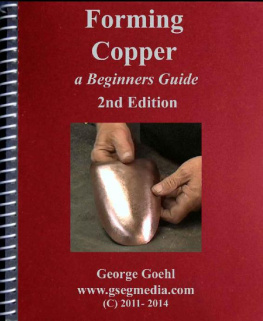
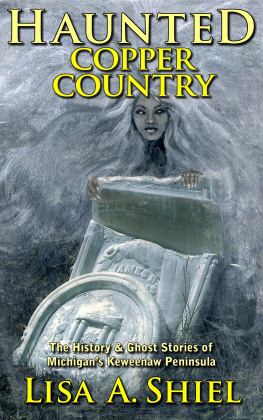

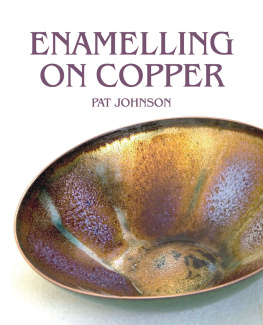

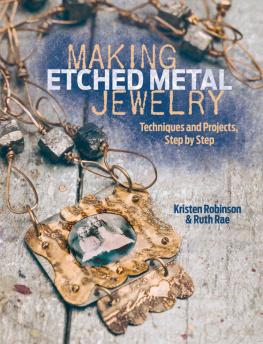



 , and its name comes from the Roman Cyprium aes: bronze from Cyprus, an island once noted for supplies of the metal. It is found occasionally pure, when it is known as Native or Virgin Copper, and in the form of a number of minerals, and it was almost certainly the first metal known to Man.
, and its name comes from the Roman Cyprium aes: bronze from Cyprus, an island once noted for supplies of the metal. It is found occasionally pure, when it is known as Native or Virgin Copper, and in the form of a number of minerals, and it was almost certainly the first metal known to Man.